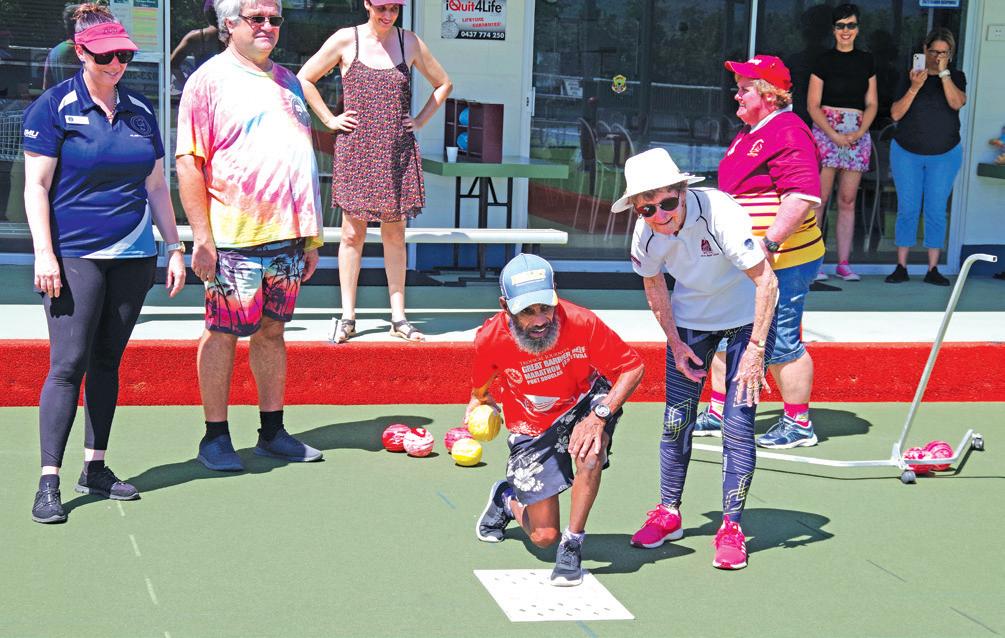
2 minute read
Times Doctors know that they are called to ‘Do no harm’
Sari Russo Nee Hyytinen
THIS week, I was asked whether the media had a similar ethical responsibility to the medical profession. When I paused to reflect on this, I realised that despite needing to be responsible and report both sides of a story to ensure that we are as unbiased as possible, there is no ethical responsibility to write articles that do not harm our society.
Advertisement
What I mean by this is that there often come moments on the journey where a story arises that, despite being a significant headline, is the kind of story that we know will cause untold damage to an industry if we choose to publish it or vice versa. There are stories we know that will repair a mistaken understanding of an industry if we determine to publish them.
Does the media have an ethical responsibility for the greater good? Sadly no, and there really isn’t any moral responsibility. Suppose a story leads to more sales, then it is often chosen for publication despite the ramifications.
We all know that the media walk past the 99% of people doing the right thing at an event to write a story on the 1% who misbehave. This is the same for any industry the media reports a story on.
The distrust exists for media because when they share a story, a question arises: ‘ Is there an acutal problem here in the industry or are you just reporting on the rare case of a person doing the wrong thing?’
STORY AND PHOTOS BY MARIA GIRGENTI
ON the first Friday of every month, as part of their activities program, Life Ur Way participants travel to the Innisfail Bowls Club on the Corso, East Innisfail, to engage in various activities.

Many generous and knowledgeable volunteers run the Innisfail Bowls Club, including Helen and Jamie Paterson, Alf Strano, and Gordon Goes.
These volunteers are always happy to see the Life Ur Way group and get involved with the participants
A NEW shared pathway at South Mission Beach will improve connectivity and encourage locals and visitors to leave their cars at home and explore the area on foot or bike.
This new 225-metre pathway will provide a vital connection from Wongaling Beach to South Mission, allowing more people to walk/ride safely.
More people are walking and riding, so CCRC is progressing with several regional plans to make walking/cycling a safe and convenient way to get around our towns. This includes the Bingil Bay pathway, currently under construction.
These projects follow the demonstrated growth in walking/riding across Queensland and Australia.
The 2021 National Walking and Cycling Participation Survey revealed that 4.89 million Queenslanders (about 95.9% of the population) walk weekly. The number of people riding every week has increased by around six per cent since the previous survey conducted in 2019.
The State Government proudly supports Cassowary Coast Regional Council to deliver better active transport facilities.
This $400,000 investment in the shared pathway by the Queensland Government creates safer bike-riding infrastructure, so more people are riding more often and staying healthy.
This project will install a concrete shared path three metres to 2.5 metres wide, which will run along South Mission Beach Road, near Seafarer and Commodore Streets.
It will also include extending an existing concrete culvert and installing new underground drainage infrastructure and a kerb and channel.
Works will commence from early April, with completion expected by late June, subject to weather and site conditions.
Nearby residents may experience minor noise impacts from machinery.
During works, minor vegetation removal will take place to allow the pathway installation.
CCRC will try to minimise any vegetation impacts; however, the majority, but not all, of the vegetation clearance, will occur next to the drain, which is primarily weeds and other invasive species.
This project is possible through joint funding by CCRC and the Queensland Government’s Cycle Network Local Government Grants program.










